Pruning is an essential technique for maintaining and improving the health of trees. It's a process that helps to shape and control the growth of trees, as well as protecting them from diseases and pests. Pruning techniques for trees involve removing dead branches, thinning out dense foliage, and removing branches that are too close to buildings or other structures. Pruning is also important for creating an attractive landscape or garden, as it helps to keep trees looking neat and tidy.
In this article, we'll take a look at some of the most common pruning techniques for trees, and how they can benefit your yard or garden. The first thing to consider when pruning a tree is the purpose of the pruning. Depending on the goals, you may need to use different techniques. Common reasons for pruning trees include: To maintain or improve a tree’s shape, to reduce the potential for safety hazards, to increase light or air circulation, to remove dead or diseased branches, and to promote flower or fruit production. After determining the purpose of pruning, it is important to choose the right tools.
For larger branches, a saw or lopper can be used, while smaller branches may require only pruning shears. Additionally, protective gloves and eye protection should always be worn when pruning a tree. There are several types of pruning techniques that can be used when pruning a tree. Each technique has its own advantages and disadvantages, and it is important to consider all options when making a decision. Some common techniques include: Crown Thinning, Crown Reduction, Crown Raising, and Deadwood Pruning.
Crown thinning involves removing a portion of the interior branches of a tree in order to reduce density and improve air circulation. This helps to reduce the weight on larger branches, making them less likely to break. Crown reduction involves reducing the overall size of a tree’s crown by removing some of the larger branches near the top. This helps to reduce its height and spread, making it less likely to cause damage in storms or high winds.
Crown raising involves removing some of the lower branches from a tree in order to provide clearance for buildings, vehicles, or pedestrians. Deadwood pruning involves removing dead or dying branches from a tree in order to improve its overall health and appearance. When pruning a tree, it is important to keep safety in mind and take all necessary precautions. It is also important to remember that improper pruning techniques can damage or even kill trees, so proper knowledge and training is essential. If you are unsure of how to properly prune your trees, you may want to consider hiring a professional arborist who will be able to safely complete the job.
Pruning Safety
When pruning a tree, it is important to always use caution and follow proper safety procedures.Ensure that all tools are sharp and in good working order, and wear protective clothing such as gloves and eye protection. Additionally, be sure to check for any potential hazards such as power lines before proceeding with any work. Safety should always be the priority when pruning trees. Make sure you are aware of any potential risks, such as falling branches or cutting yourself with a tool, and take the necessary precautions. If you are unsure of how to properly prune a tree, consult a professional tree service for advice. It is also important to recognize when pruning isn't necessary.
Pruning can damage a tree if done improperly, so make sure you understand the benefits and risks associated with pruning before beginning any work.
Pruning Schedule
Pruning Schedule - The best time to prune a tree depends on its species and location. In general, however, it is best to prune in late winter or early spring before new growth begins. This will ensure that any wounds are sealed quickly by new growth. For deciduous trees, such as maples, oaks, elms, and ash, pruning should be done between late winter and early spring. This is when the tree is dormant and the sap flow is at its slowest, reducing the chance of infection.Pruning in the late fall or winter should be avoided as this can cause the tree to bleed sap which can damage the tree. For coniferous trees, such as pines, spruces, and firs, pruning should be done in the late spring or summer. This is when the sap flow is at its highest and there is less chance of infection. Pruning in the late fall or winter should be avoided as this can cause the tree to bleed sap which can damage the tree. Pruning should be done with caution to ensure that the tree is not damaged in the process. It is important to use sharp pruning tools that are specifically designed for pruning trees.
These tools will provide a clean cut and reduce the chance of infection. The pruning process should also be done carefully to ensure that only healthy branches are removed. Dead or diseased branches should be removed first to improve the overall health of the tree. When removing branches, it is important to make sure that there is at least one bud left on the branch to ensure proper regrowth. Pruning trees is an essential part of keeping them healthy and looking their best. By following the proper pruning techniques and safety procedures, you can ensure that your trees remain strong, healthy, and aesthetically pleasing for years to come.
Pruning safety and a pruning schedule are key components of pruning trees correctly. With careful planning and execution, you can ensure that your trees look great and stay healthy for a long time.
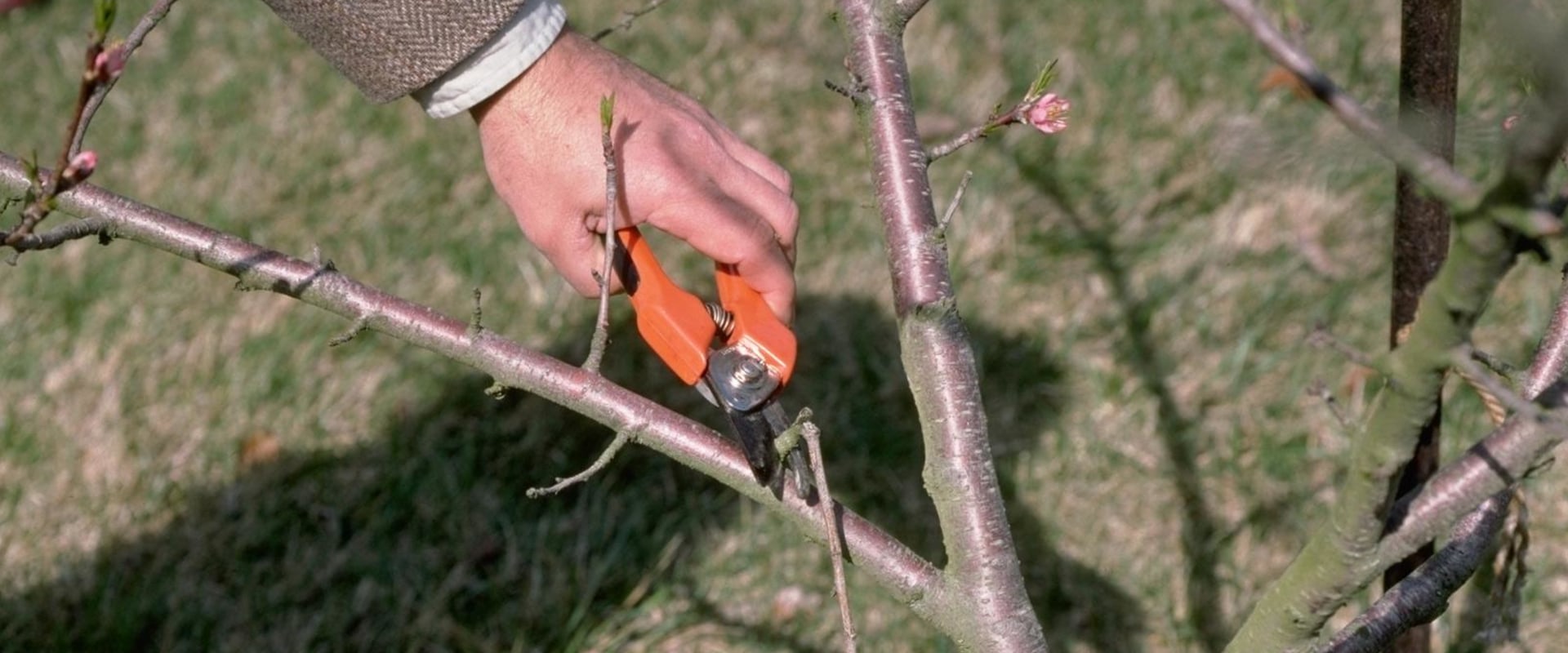
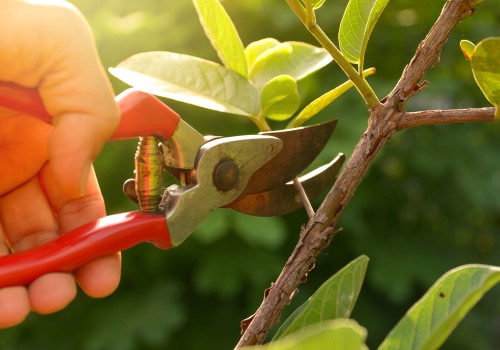
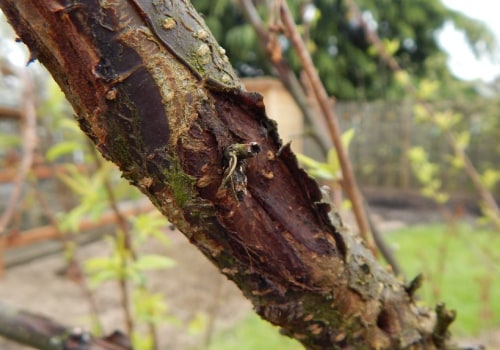

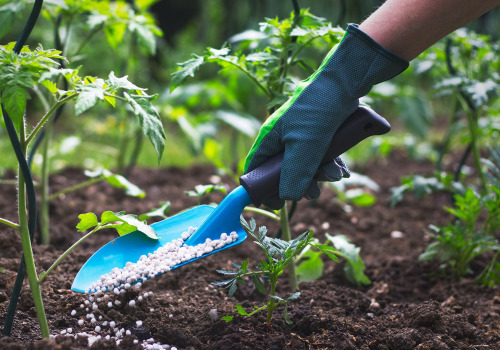
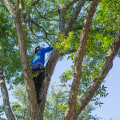
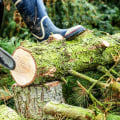
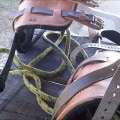
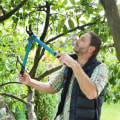
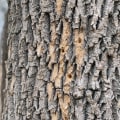
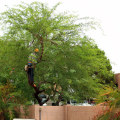
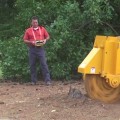
Leave Message